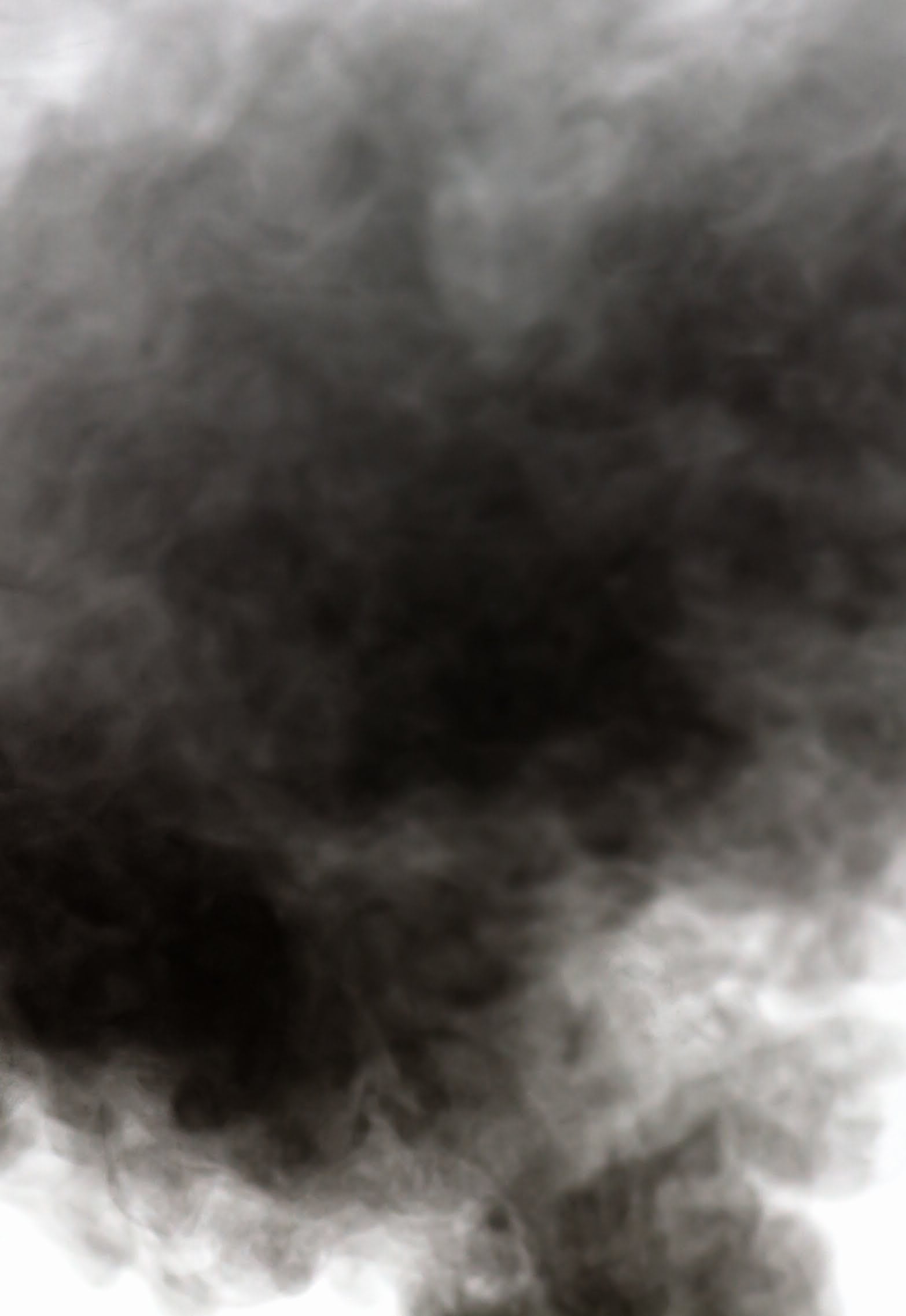
Tests on 89 different cables analysed how different cable structures and materials influence behaviour, including sheath materials, bedding, number and configuration of conductors, different conductor metals. Cone calorimeter test data is compared to real-scale fire tests. 18 of the cables were halogenated and over sixty were PIN FR. The authors underline the influence of cable structure which can protect against fire penetration and amounts of combustible materials and metal barriers. Non-halogenated cables show considerably lower smoke release and smoke toxicity. The conclusions note that PIN FR cables (LS0H Low Smoke Zero Halogen) “generate less heat, smoke and toxic gases” than halogenated polymer cables (peakHRRav >17 times higher for halogenated cables),
“Fire properties of cables used in buildings”, K. Kaczorek-Chrobak, 157 pages, Instytut Techniki Budowlanej Warsaw 2023, ISBN 978-83-249-8660-6; 978-83-249-8661-3 https://fachowa.pl/pl/p/file/c7149c854b675c34b11dc57f42bdb3dd/K.-Kaczorek-Chrobak%2C-Fire-properties-of-electric-cables-used-in-buildings_e-book.pdf